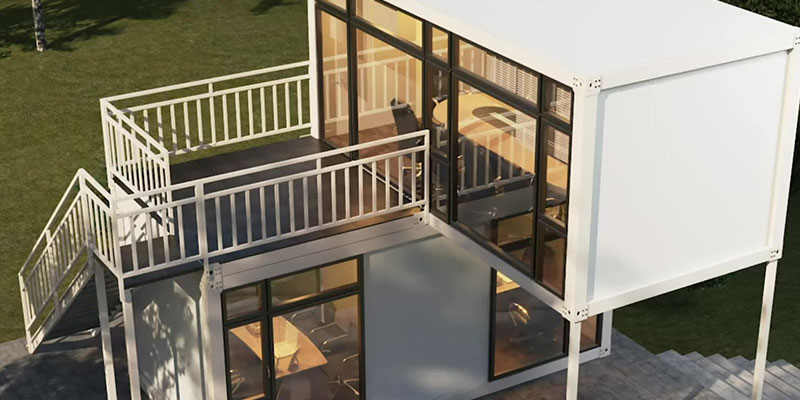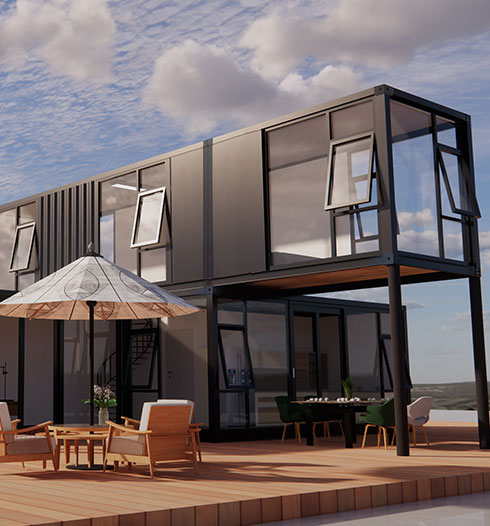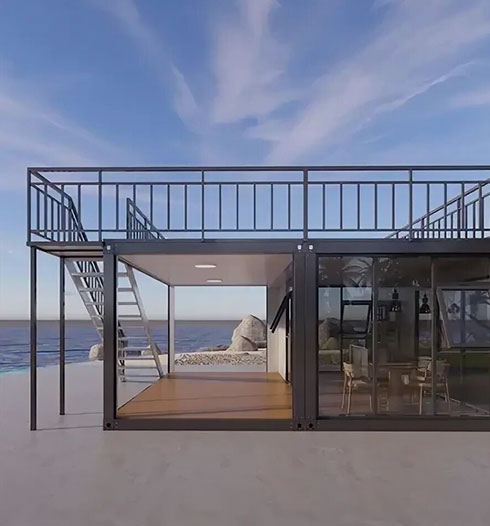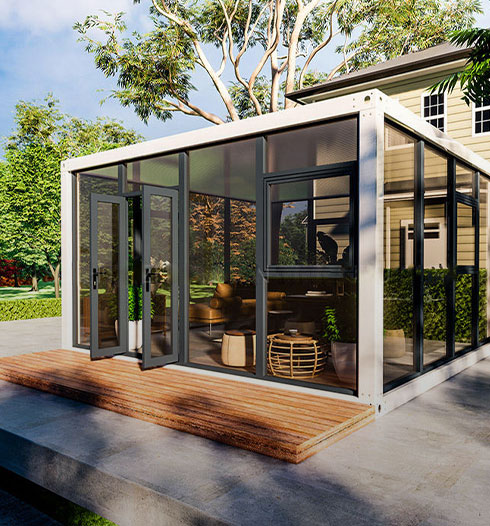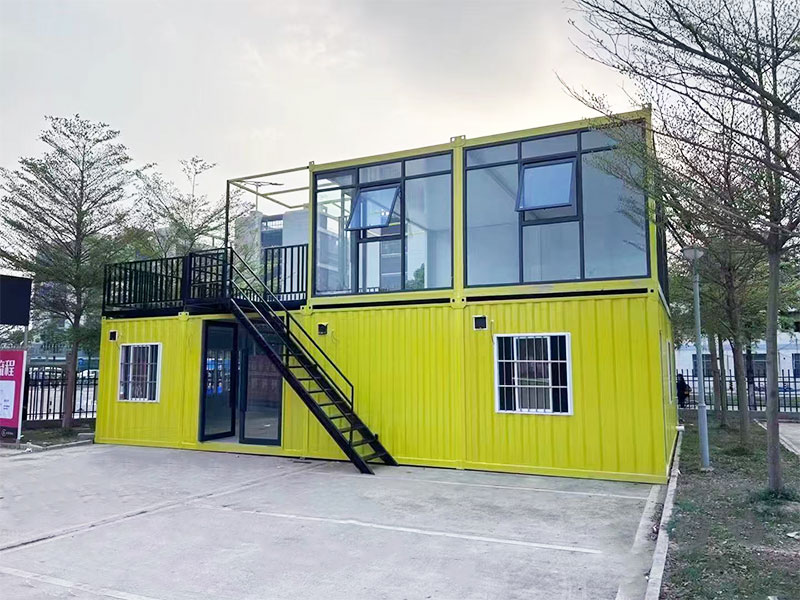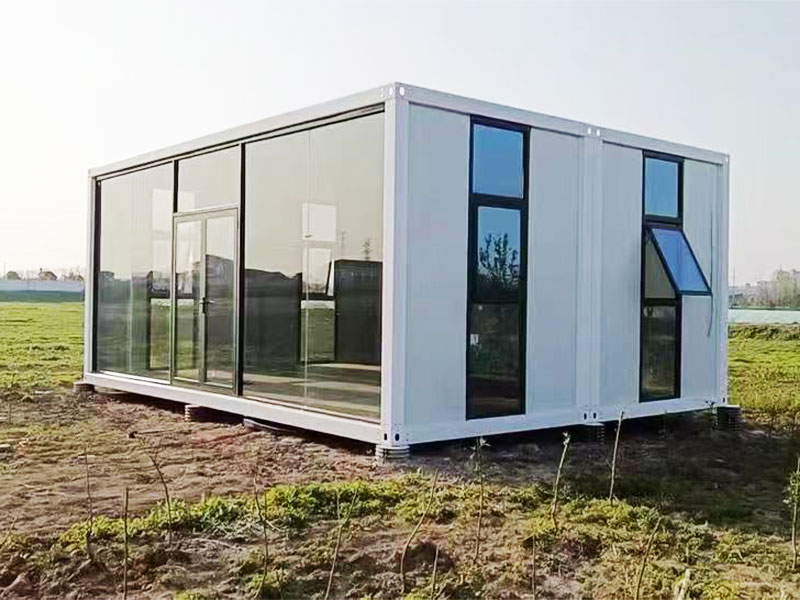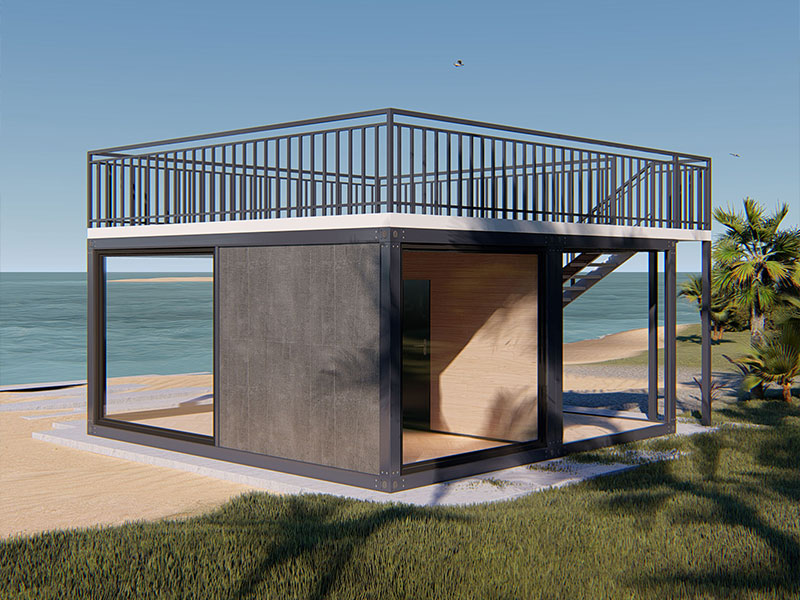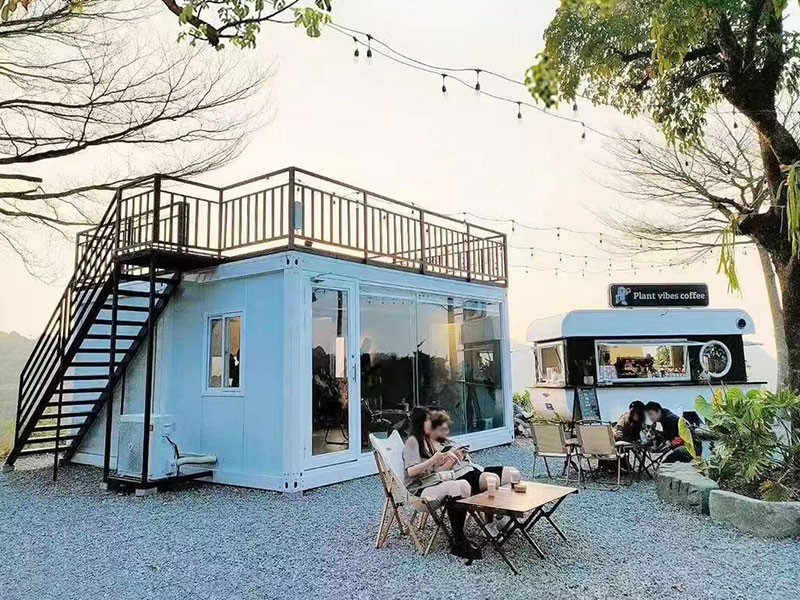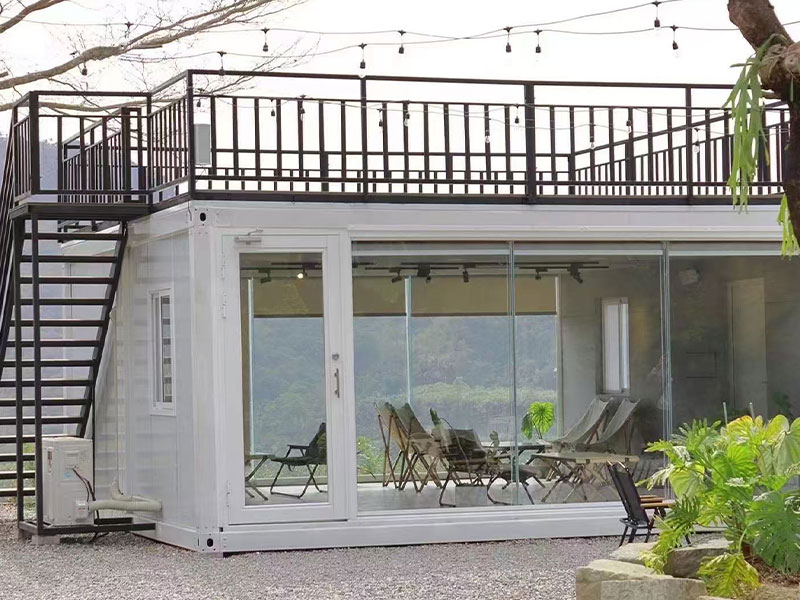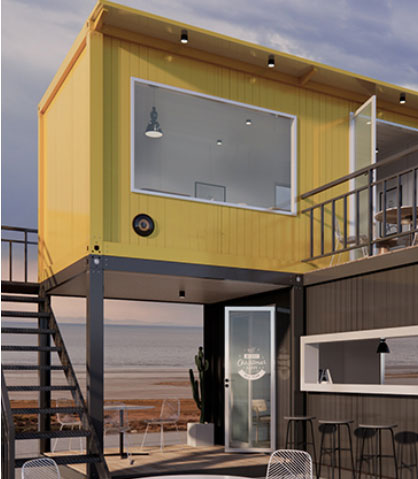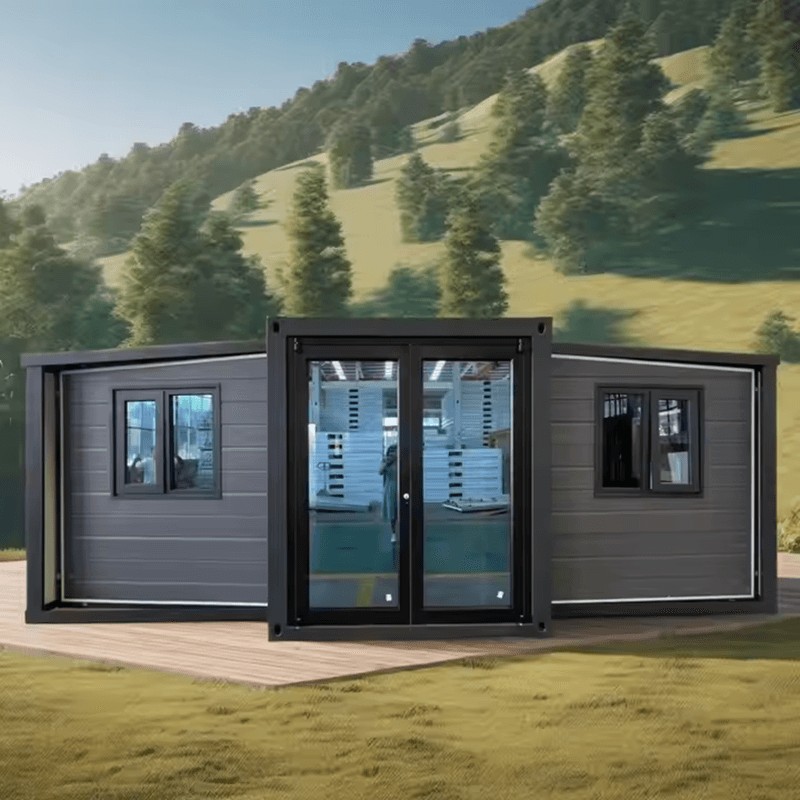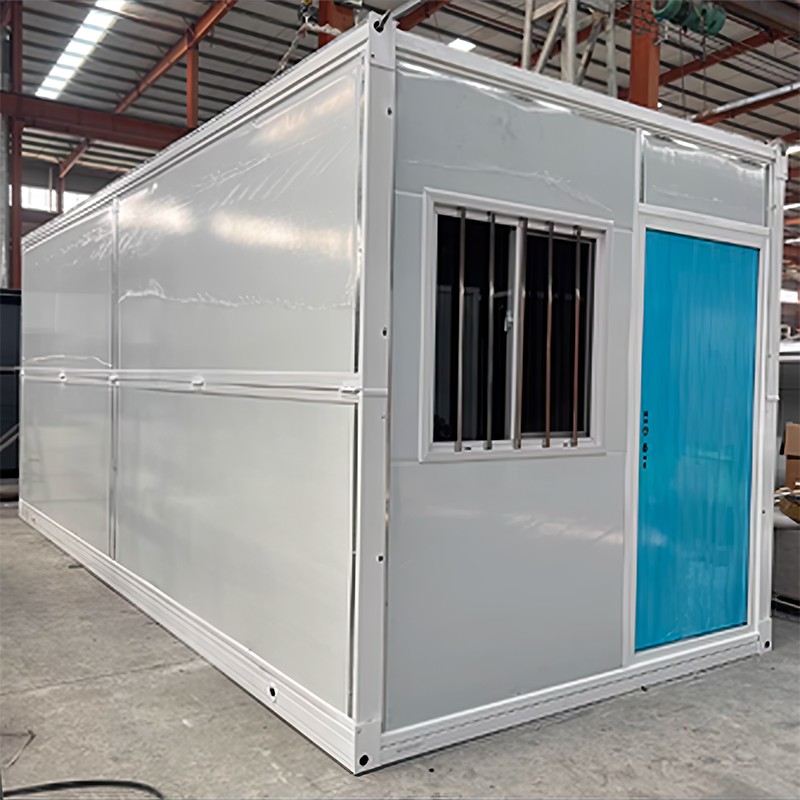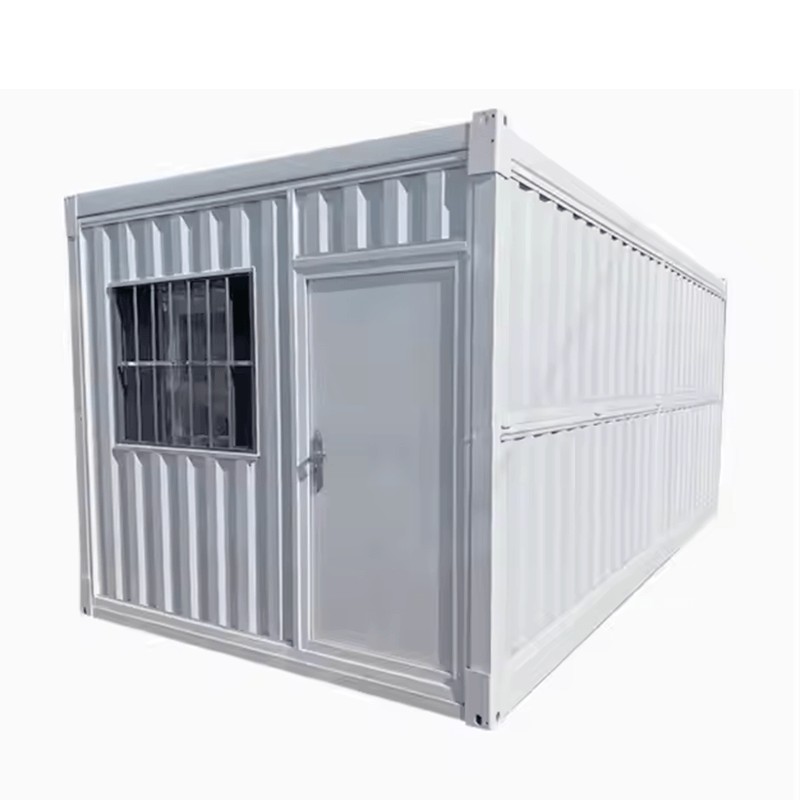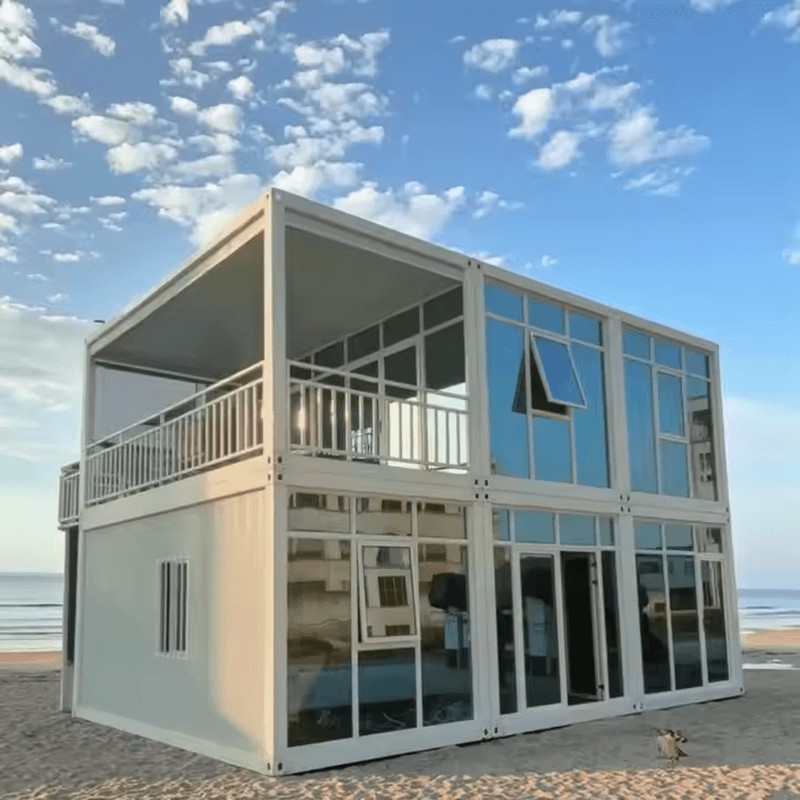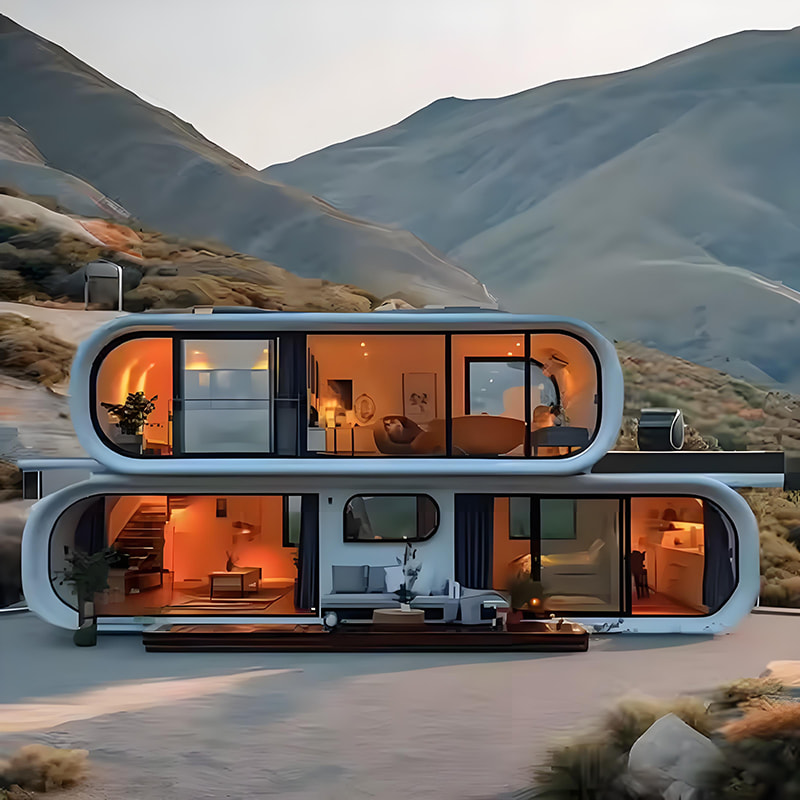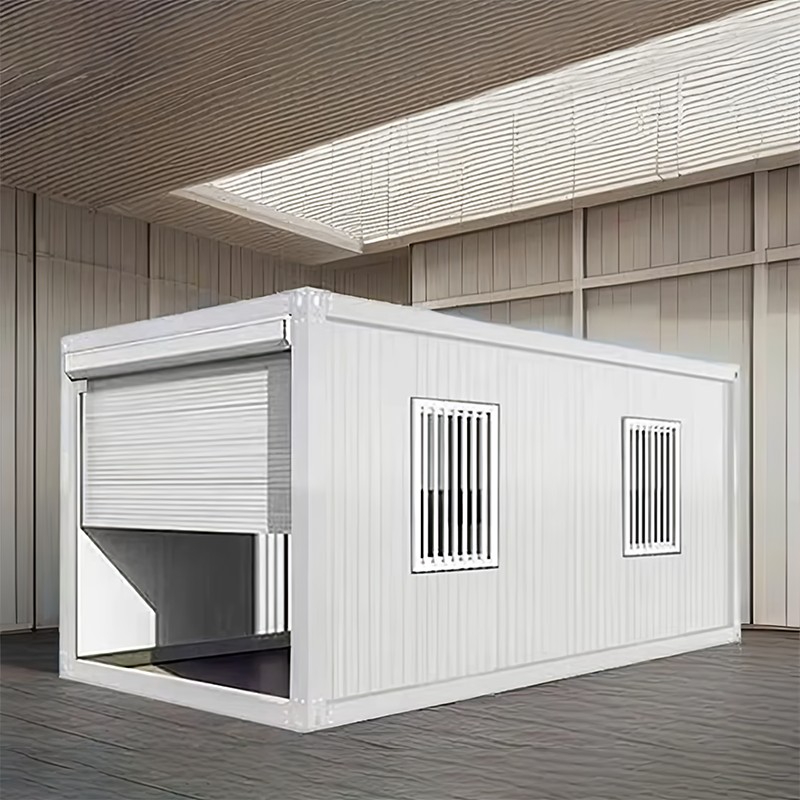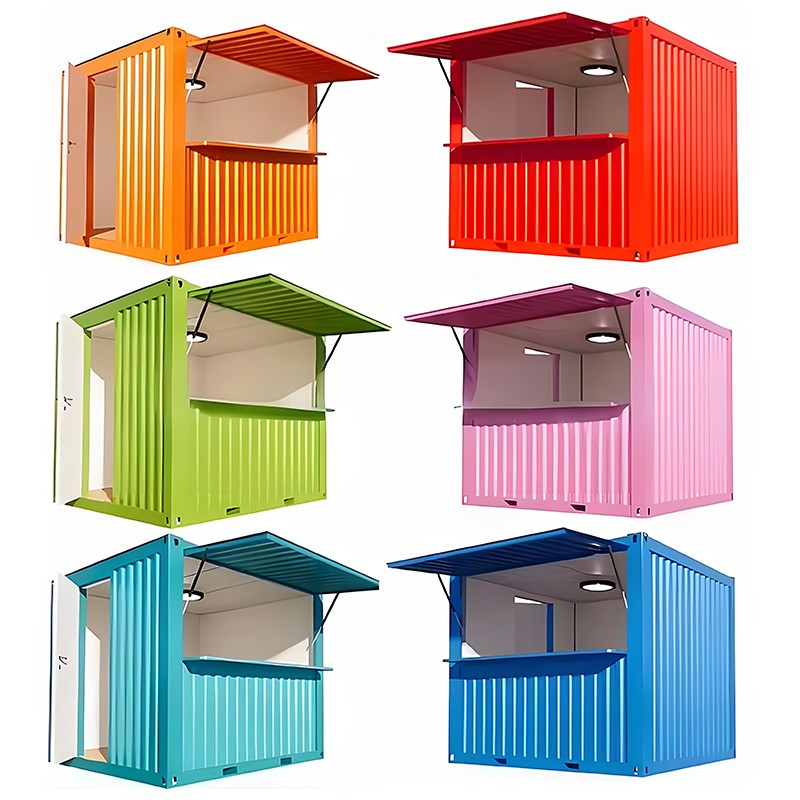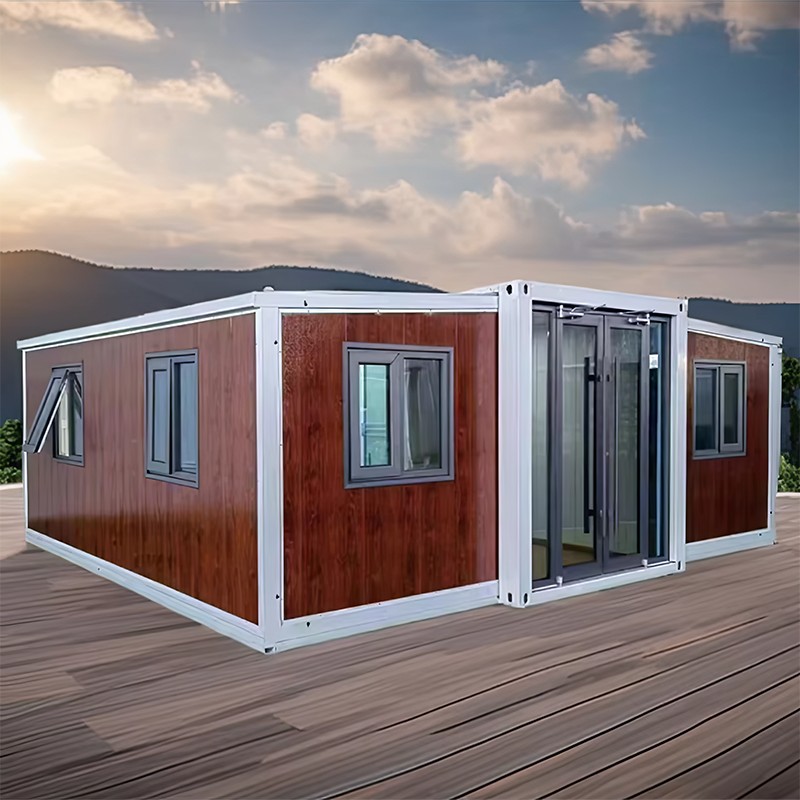In the long-standing concept of living shaped by traditional architecture, houses are regarded as fixed, heavy, and almost unchangeable entities. Once built, they are firmly embedded in the land and structure, losing the ability to keep pace with changes. However, with the continuous acceleration of the pace of society and the increasing diversity of individual lifestyles, people's expectations for living space are no longer limited to "stable" and "solid", but have turned to "flexible" and "adjustable". It is in this context that Container House has gradually entered the public eye and become a representative existence that breaks the boundaries of traditional living.
From the perspective of the structure itself, the most prominent feature of Container House is its flexibility. This flexibility is not only reflected in the mobility or modular combination of the structure, but also in the highly coordinated relationship between it and human needs. It is no longer a single closed space product, but a space unit that can be reorganized, redefined, and recreated. Because of this, Container House not only changes people's imagination of "house", but also reinterprets the meaning of the concept of "living" itself.
The reason why traditional buildings are difficult to adapt to changes is that their structural composition and functional division tend to be closed at the beginning of the design. A bedroom is a bedroom, a kitchen is a kitchen, and their existence forms are preset and fixed, leaving almost no adjustment space for users. Container House breaks this linear and closed way of thinking. Its modular structure determines that it can be freely combined, spliced and disassembled in two dimensions of time and space. In other words, it is not limited to the "one-stop" functional arrangement, but can change at any time and on demand.
It is this openness that makes Container House a truly "dynamic space". It can adjust its own form according to the rhythm of people's lives and redefine the spatial function according to different situations. The value of this flexibility lies not only in the possibility of "change", but also in that it makes the living space an "evolution"-a partner that grows, adapts and changes with people, rather than a static container.
In addition, the flexibility of Container House also brings unprecedented creative freedom to space design. It no longer relies on the rigid layout of traditional buildings, but seeks a new balance between standardization and personalization. The reuse of modules not only increases the efficiency of space construction, but also provides unlimited structural arrangement possibilities. The openness of this structure makes architectural design no longer a single creative behavior, but a continuous and negotiated life practice. The relationship between designers and residents is therefore more interactive and more malleable.
From a deeper perspective, the spatial flexibility represented by Container House is not only a technical innovation, but also an innovation in the concept of living. It challenges the logic of "stable is safe" in traditional housing and puts forward a new proposition of "flexible and safe living". In this era when change has become the norm, people are increasingly in need of a way of living that can respond to uncertainty and accommodate diversity. Container House is the product of this demand and a gentle and powerful rebuttal to the traditional spatial order.
Driven by this flexible spatial logic, living is no longer a one-way adaptation process, but a two-way interactive selection process. Container House gives people the dominant power over space, so that residents are no longer passive recipients, but become designers, remodelers and controllers of space. It encourages people to define the appearance of "home" according to their own rhythm, habits and ideas, rather than just adapting to the existing spatial template.
More importantly, the flexibility advocated by Container House is not only related to the individual's spatial experience, but also inspires us to think about urban planning and architectural philosophy. If architecture can be flexible, can cities be more flexible? If residences can change, can lifestyles be freer? The questions raised and answered are inseparable from the inspiration brought by Container House.
